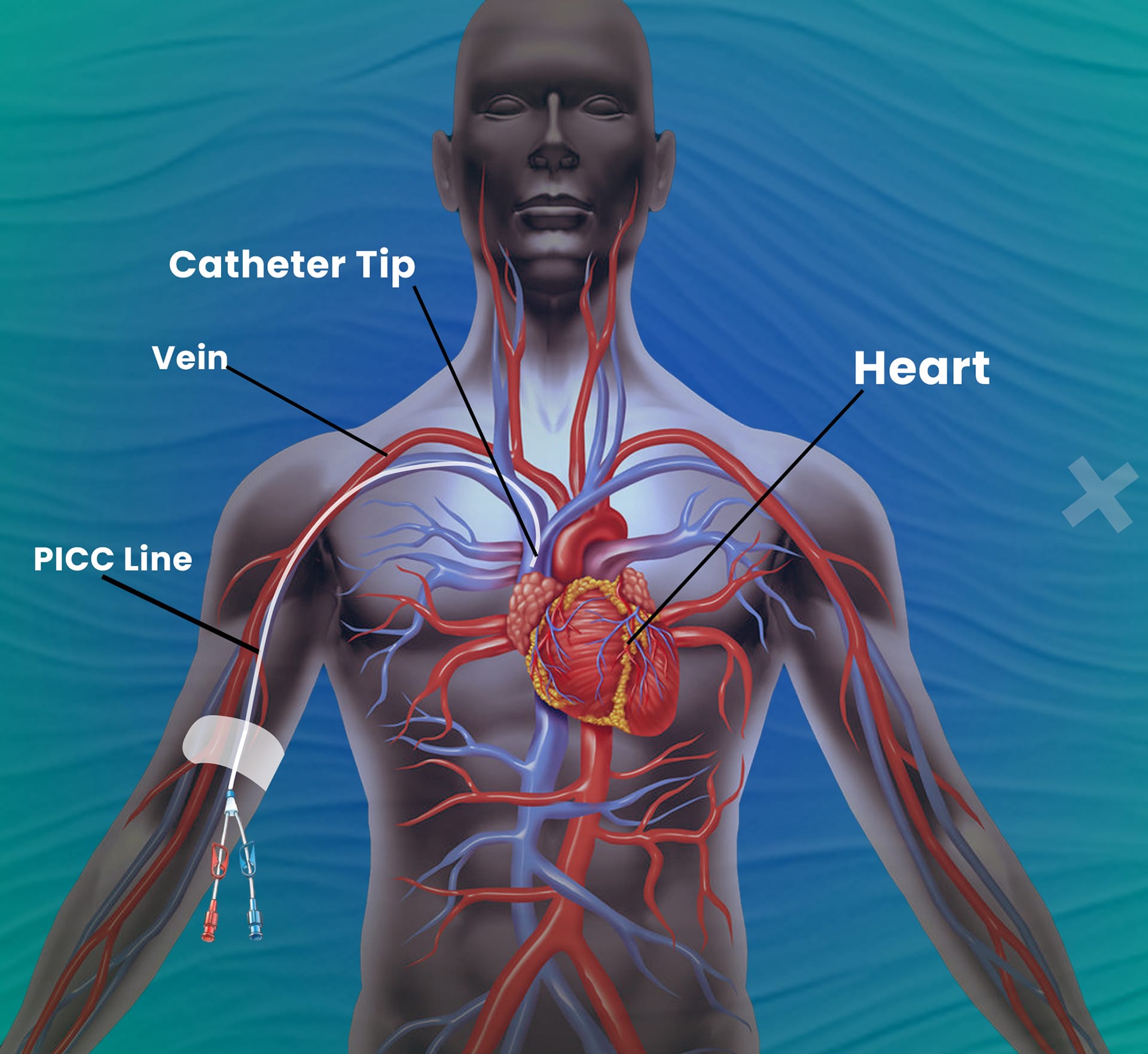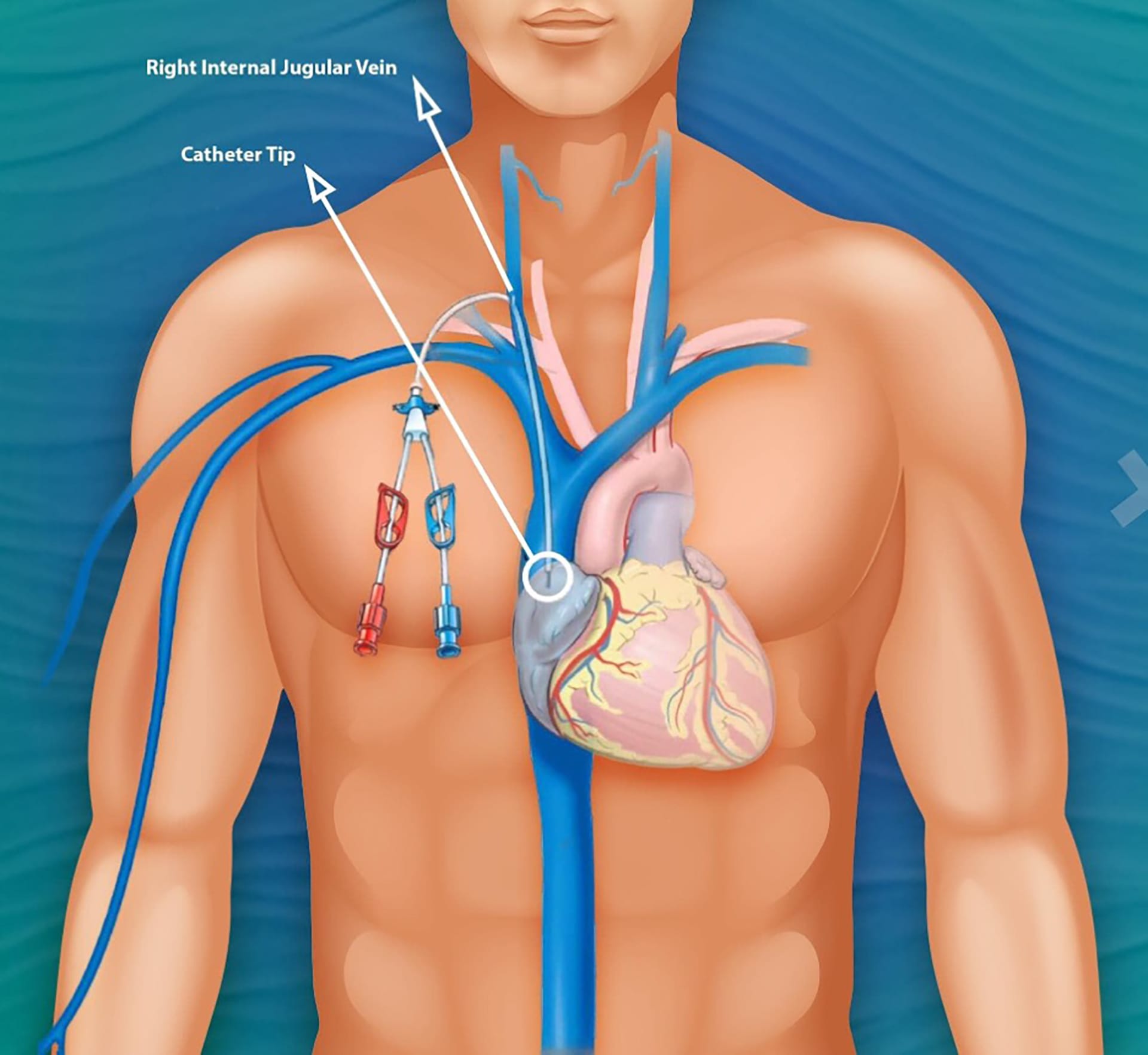
What is a Central Venous Catheter (CVC)?
A Central Venous Catheter (commonly called a “central line”) is a specialized tube inserted into a large vein in the body. It provides safe and reliable access to the bloodstream for patients who require:
- Long-term intravenous (IV) medications or nutrition
- Blood transfusions
- Temporary dialysis
- Frequent blood sampling
- Measurement of central venous pressure (CVP)
Central lines are typically placed in large veins located in the neck (internal jugular vein), chest (subclavian or axillary vein), or groin (femoral vein).
Why is Central Line Insertion Necessary?
- A central line becomes essential in the following situations:
- Critically ill patients needing rapid or large-volume resuscitation
- Patients undergoing long-term chemotherapy or antibiotic therapy
- Administration of complex medications that require central access
- Monitoring heart function through central venous pressure measurement
It provides a safe, stable, and durable access route compared to repeated peripheral vein cannulations.
How is the Procedure Performed?
- Vein Identification
Using real-time ultrasound guidance, a suitable central vein is located (usually in the neck, chest, or groin). - Needle Insertion
A sterile needle is carefully inserted into the vein. - Guidewire Placement
A soft guidewire is advanced through the needle to ensure correct positioning. - Catheter Insertion
After gentle dilation of the entry tract, the central line is inserted over the guidewire and positioned near the cavo-atrial junction (where the superior vena cava meets the heart). - Securing and Dressing
The catheter is secured in place with sutures or adhesive devices, and a sterile dressing is applied to minimize infection risk.
Patient Care & Precautions
To maintain catheter function and reduce complications, patients should:
- Keep the dressing clean, dry, and intact
- Avoid pulling or tugging on the catheter
- Follow instructions for flushing and maintenance
- Report any redness, swelling, fever, or discomfort around the catheter site immediately
Regular care is critical to prevent infections and blockage.
Benefits of Central Line Insertion
- Reliable Access for prolonged therapies
- Essential for Critical Care and complex medication administration
- Facilitates Frequent Blood Sampling without repeated needle sticks
- Safe and Quick with ultrasound-guided precision

Possible Risks (Rare)
- Infection (1–2%)
- Blockage due to prolonged use or improper catheter care
- Bleeding or minor vessel injury during insertion (very rare with image guidance)